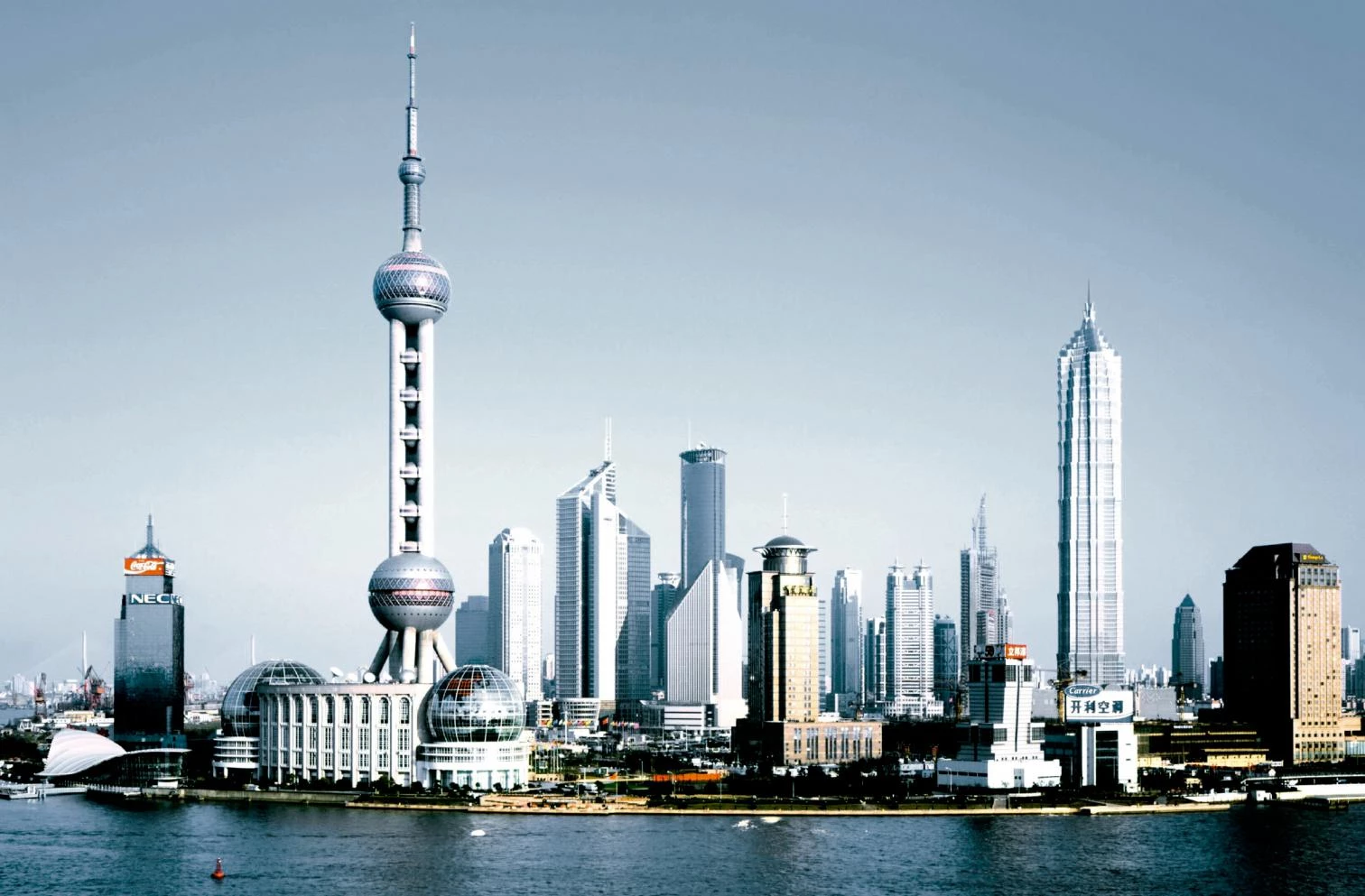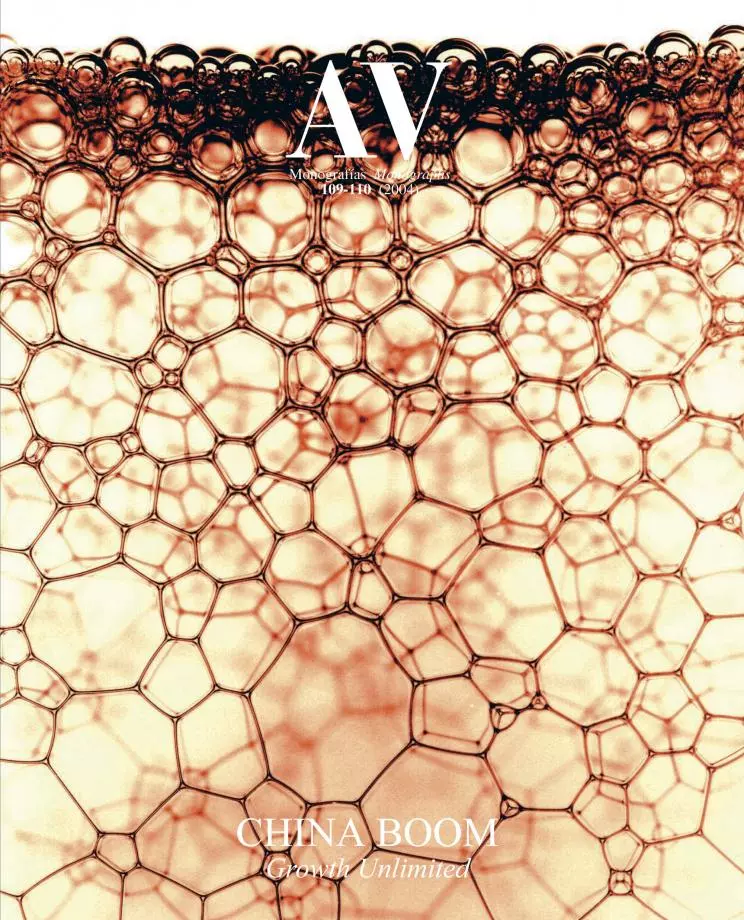Chinese City and Architecture in Flux

The chinese city and architecture are deeply influenced by the intercultural context in history, and today are undergoing a significant and rapid transformation in which some advances have caused profound influences. What the modernization, digitalization and globalization of a city for China really mean, what is the urbanization for the 21st century and other questions have already attracted a vast attention.
In 1990, the first Urban Planning Law was put in execution, that means urban planning is playing a very important role in modern China. Urbanization, new urban area development, and the large scale construction are the most significant phenomena in contemporary China. From the 1990s onwards, it is the most rapid development era for most Chinese cities. Chinese cities are undergoing a general transition from an industrial city into a post-industrial one with ever-large scale construction. According to statistics, 70% of the GDP, 80% of the national tax income, 90% of the service sector are from Chinese cities. Urbanization accompanied with industrialization is becoming a meaningful criterion for both political and economical development. The urbanization in China is enhanced from 17.9% of 1978 into 39.1% of 2002. Today, there are 660 cities of administrative meaning, among them 48 are extra large cities, 65 large cities, 222 medium cities and 325 small cities in China. The speed of urban development is incredible for its scale and construction quantity. Many efforts have been made towards the improvement of the urban environment and living conditions... [+]





